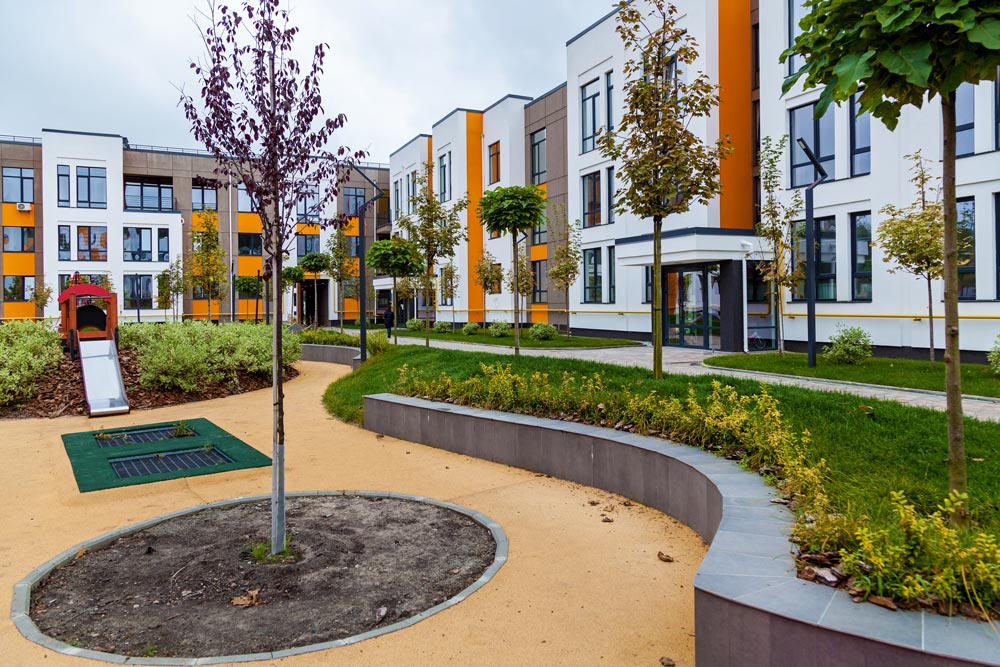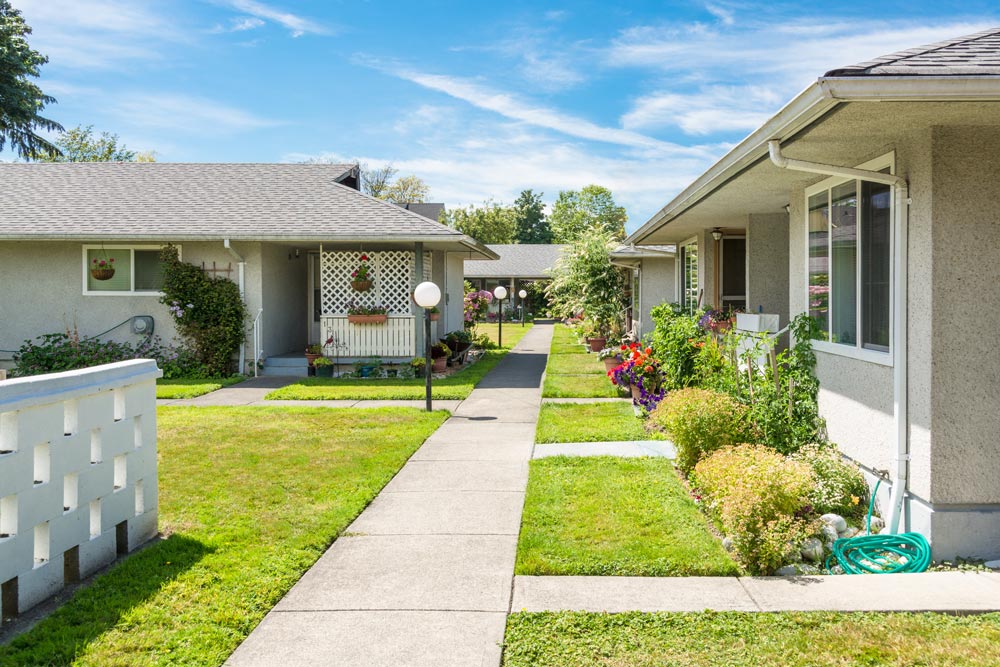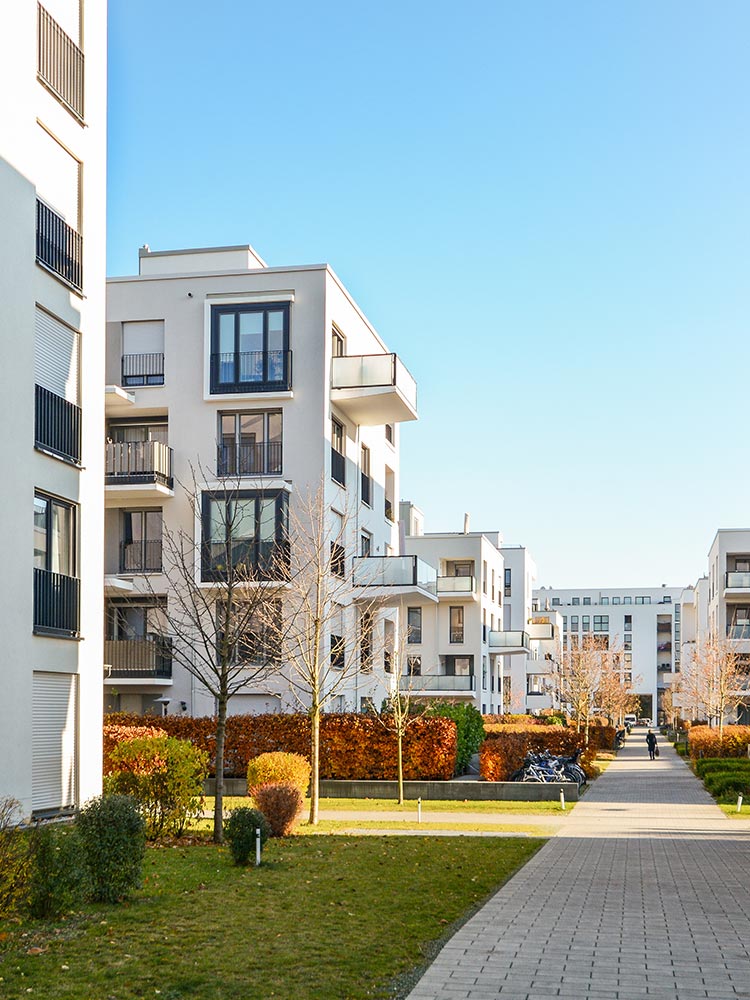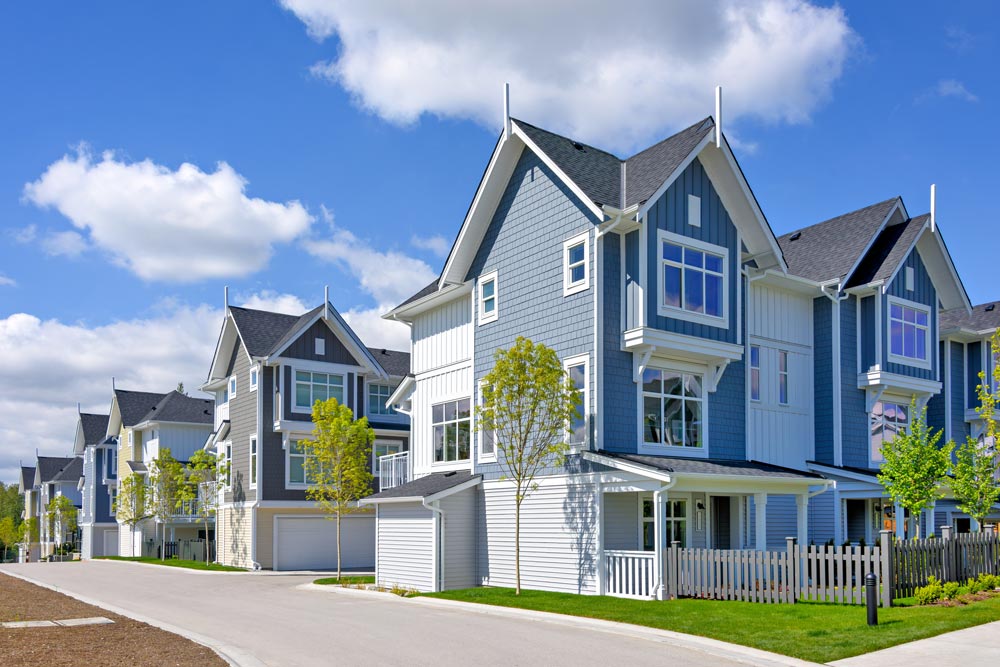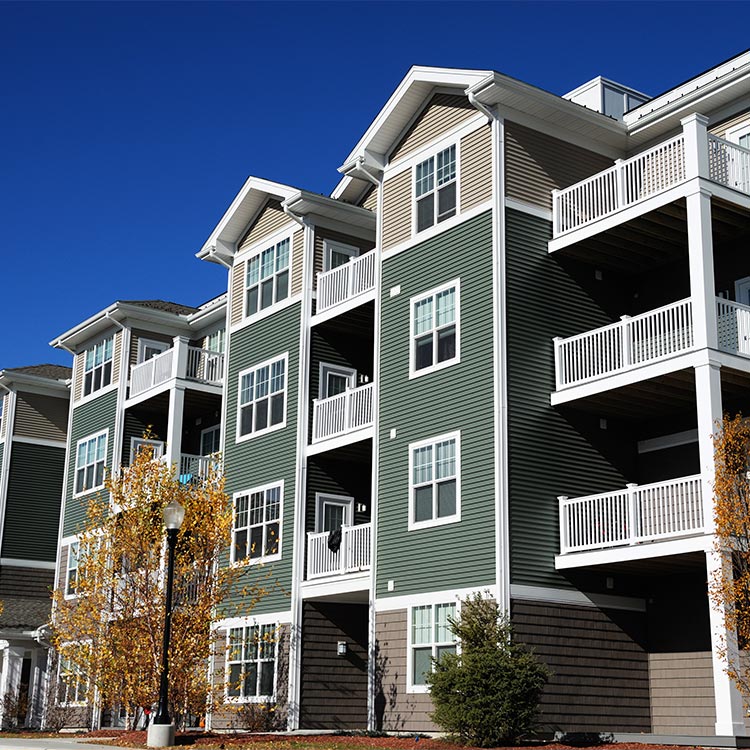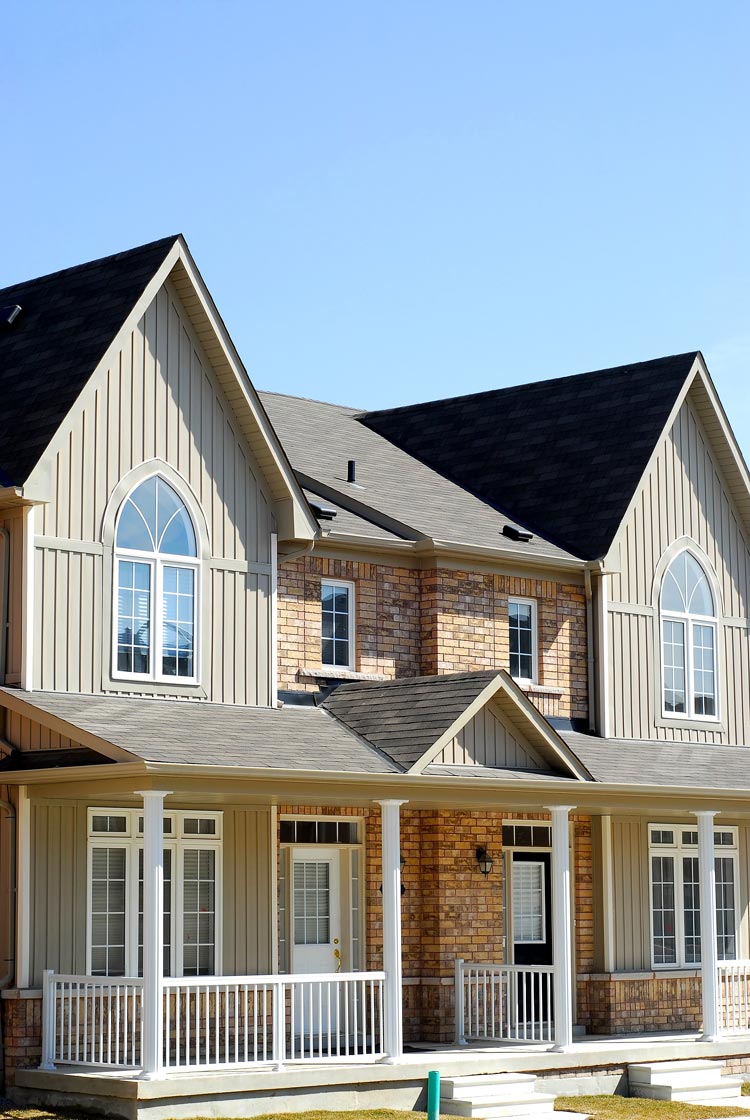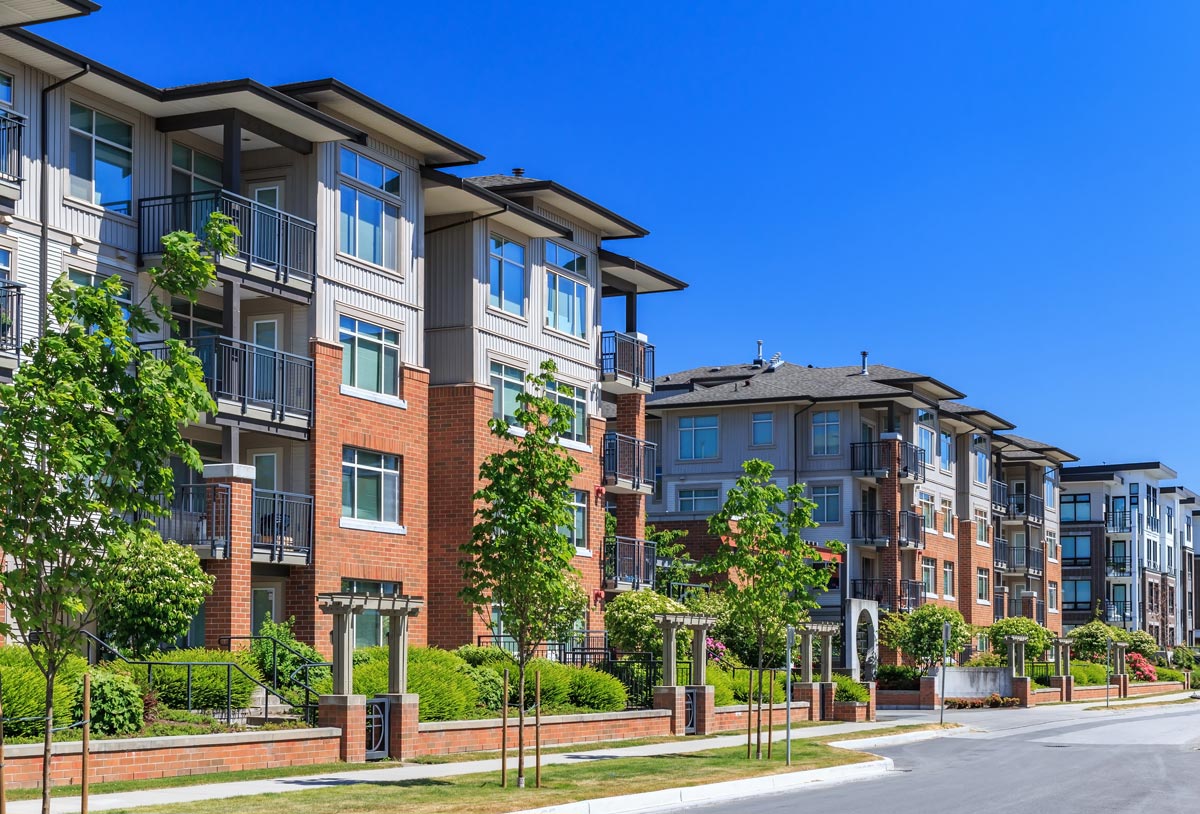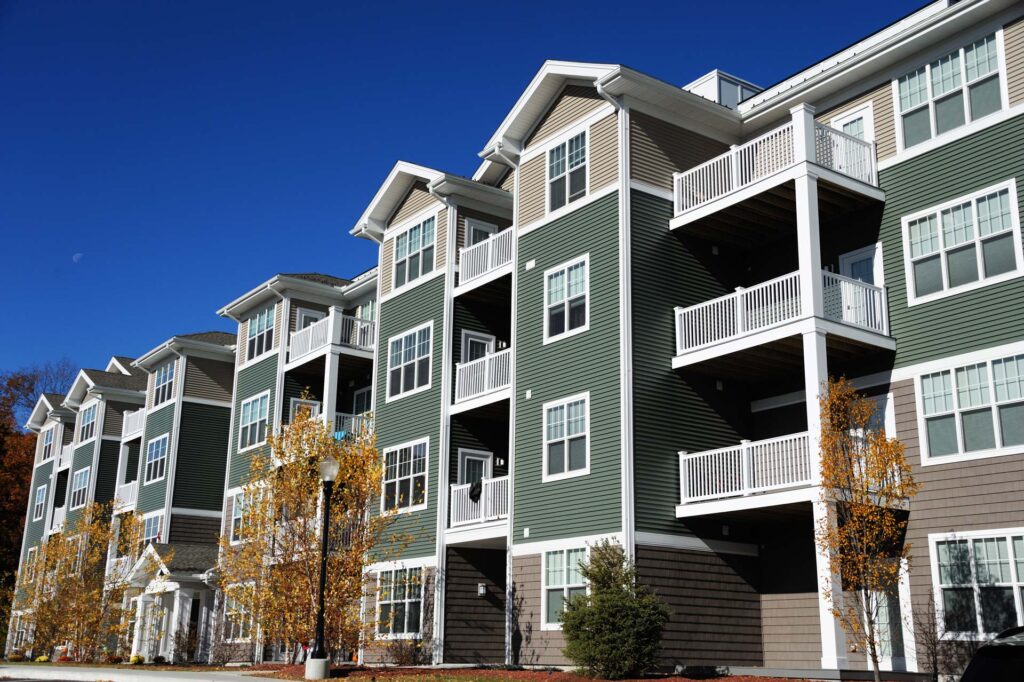The housing ecosystem consists of components that interconnect across the priority areas of the Statewide Housing Plan. Attention to the housing ecosystem is foundational to the effectiveness of actions taken to improve housing in the state.
Goal 1: Increase the efficiency and effectiveness of the housing ecosystem by enhancing collaboration on housing among state agencies, philanthropy, local governments, Tribal Nations, education, and the wide variety of private-sector organizations that make up the housing ecosystem.
- Shorten the permit application to occupancy in development, through RRC AmeriCorps program (shared with Housing Stock).
- Regional Housing Agency Education – Join the Rural Readiness Network (shared with Older Adult Workgroup).
Goal 2: Support an expansion of housing that is affordable and fairly assessed by increasing the availability and demographic diversity of workers in the construction, planning and zoning, and real estate industries.
- Increase individuals’ participation in apprenticeship programs and certification in the building trades.
- Increase those underrepresented in the construction business.
- Assessment of the construction workforce and contractor pipeline for Region J will be completed by the Upjohn Team. The team will focus on three elements of the pipeline: those who recently completed construction training programs at the secondary and post-secondary level (and others who recently completed their education), those working in construction occupations who may have an interest in becoming a contractor, and existing contractors who are interested in growing their business. Understanding how those in the construction industry develop skills, create businesses, and grow businesses is key to identifying ways to improve the overall pipeline.
